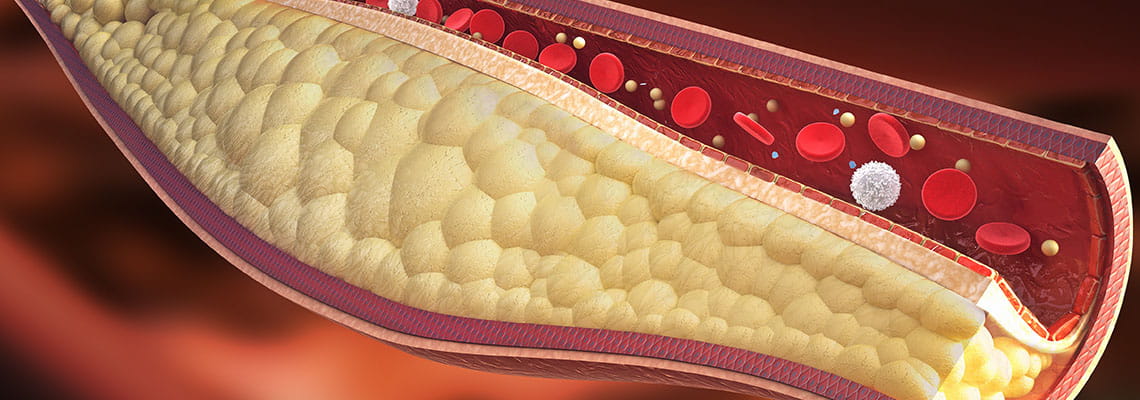Coronary Artery Disease
U.S. PATIENTS:713.790.3333
Find a Coronary Disease Specialist

Coronary artery disease occurs when the arteries that supply your heart with blood (the coronary arteries) narrow over time as a result of cholesterol (plaque) buildup. This process is called atherosclerosis and leads to a restriction of blood flow to your heart, which can ultimately result in a heart attack.
Narrowing of your arteries can also interfere with the oxygen-rich blood and nutrients being delivered to the heart muscle, producing pain or pressure in the chest.
Our Approach to Treating Coronary Artery Disease
Heart specialists at Houston Methodist are world-class doctors who work as a team to prevent, diagnose and treat coronary artery disease, as well as design rehabilitation plans to prevent further cardiac events.
Your care team will work together to ensure you receive the most effective treatment plan for your specific condition. If surgery is needed to restore blood flow, our skilled heart surgeons are expertly trained in both the minimally invasive procedures and open heart surgeries needed to treat advanced coronary artery disease.
